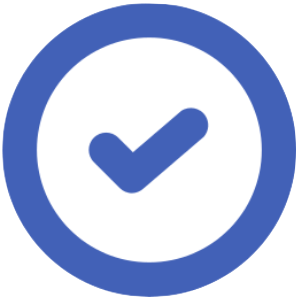 YOUTUBE VIDEO:
https://www.youtube.com/watch?v=p14v4FbKhrg
YOUTUBE VIDEO:
https://www.youtube.com/watch?v=p14v4FbKhrg
 Gig Economy ESL Lesson Plan Description
Gig Economy ESL Lesson Plan Description
OVERVIEW & OBJECTIVES
This ESL lesson plan on the gig economy offers engaging activities, PDF worksheets, and digital materials designed for upper-intermediate B2–C1 students. In this lesson, students will:
- Discuss their understanding of gig work and share opinions on its advantages and disadvantages.
- Expand their vocabulary with adjectives and expressions connected to flexibility, risk, and fairness in gig jobs.
- Watch a video that explores the hidden costs of the gig economy and answer comprehension questions.
- Analyze and practice participial phrases by reviewing professional highlights in sample CVs.
- Create and present their own gig profiles or debate issues around gig platforms in a final speaking activity.
PREVIEW & DISCUSSION
Students begin this ESL lesson by exploring what the term “gig economy” means and examining images of different gig jobs, such as food delivery, furniture assembly, pet sitting, and online tutoring. They discuss which platforms and apps they know, which they use, and what motivates people to do gig work or avoid it. Next, students complete sentences about Davide, a courier, using adjectives like flexible, volatile, and unique, and reflect on how satisfied he seems with his job. After that, students decide whether they agree, disagree, or partly agree with statements about protections, pay, and consumer responsibility in gig work. Finally, students consider what labor unions are and what role they might play in protecting gig workers.
VIEWING ACTIVITY
Students watch a video that investigates the realities of the gig economy, focusing on how food couriers, app-based workers, and platform companies balance flexibility with low pay and little protection. They answer short questions about Davide’s entry into food delivery, Rachel’s three categories of gig workers, and working conditions in Sydney. Students then complete a true-or-false exercise based on union efforts with Airtasker, the views of its CEO, and whether minimum wage protections exist. They correct false statements to show their understanding of the video content.
VIEWING FOLLOW-UP
Students share their reactions to the video, discuss whether they know people who work in the gig economy, and talk about which gigs they might find interesting. They then study Davide’s updated professional profile as a logistics consultant and examine the sentence structures he uses. Students identify how participial phrases provide extra information about skills, qualities, and past experiences. Finally, they practice writing short profiles for different types of workers, such as a tutor, fitness trainer, video editor, or gardener, by creating sentences with participial phrases that highlight strengths and experience.
SHOWCASE YOUR SKILLS & GIGS: PROFILES AND PERSPECTIVES
In this final stage, students personalize their learning through two options. In Option A, students choose their own job, hobby-related gig, or an imagined gig, then write a professional profile using participial phrases. They share their highlights with classmates, ask each other questions, and discuss the most interesting parts of the profiles. In Option B, students hold a discussion on topics like whether being your own boss is overrated, how delivery apps affect local businesses, or what makes a fair fee structure for gig platforms. They are encouraged to use participial phrases when expressing their views.
BENEFITS OF USING THIS GIG ECONOMY ESL LESSON PLAN
This gig economy ESL lesson plan gives teachers a ready-made structure that combines speaking, vocabulary, video-based listening, grammar practice, and communicative production. Students gain confidence discussing a modern and highly relevant topic while practicing advanced grammar in a practical way. Teachers save preparation time, as all activities flow naturally from preview to activation. The materials integrate visual prompts, structured tasks, and open-ended discussion, so they fit both individual lessons and group settings. This lesson plan also provides flexibility, since teachers can adapt the activation stage for creative writing or debate.
 Video Description
Video Description
 Lesson Activities
Lesson Activities
Gig Economy, Work, Flexibility, Risk, Fairness, Labor Regulation
Short answer questions, True/False with corrections
Jobs, Contracts, Conditions, Rights, Skills
Past Participial Phrases
Professional Profiles, Quiz & Review, Lesson Reflection
 Lesson Topics
Lesson Topics
Gig Economy, Work, Labor Rights & Regulations


 Like us on facebook
Like us on facebook
